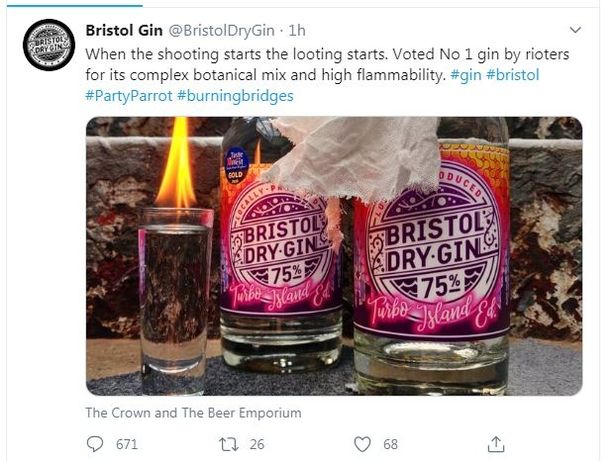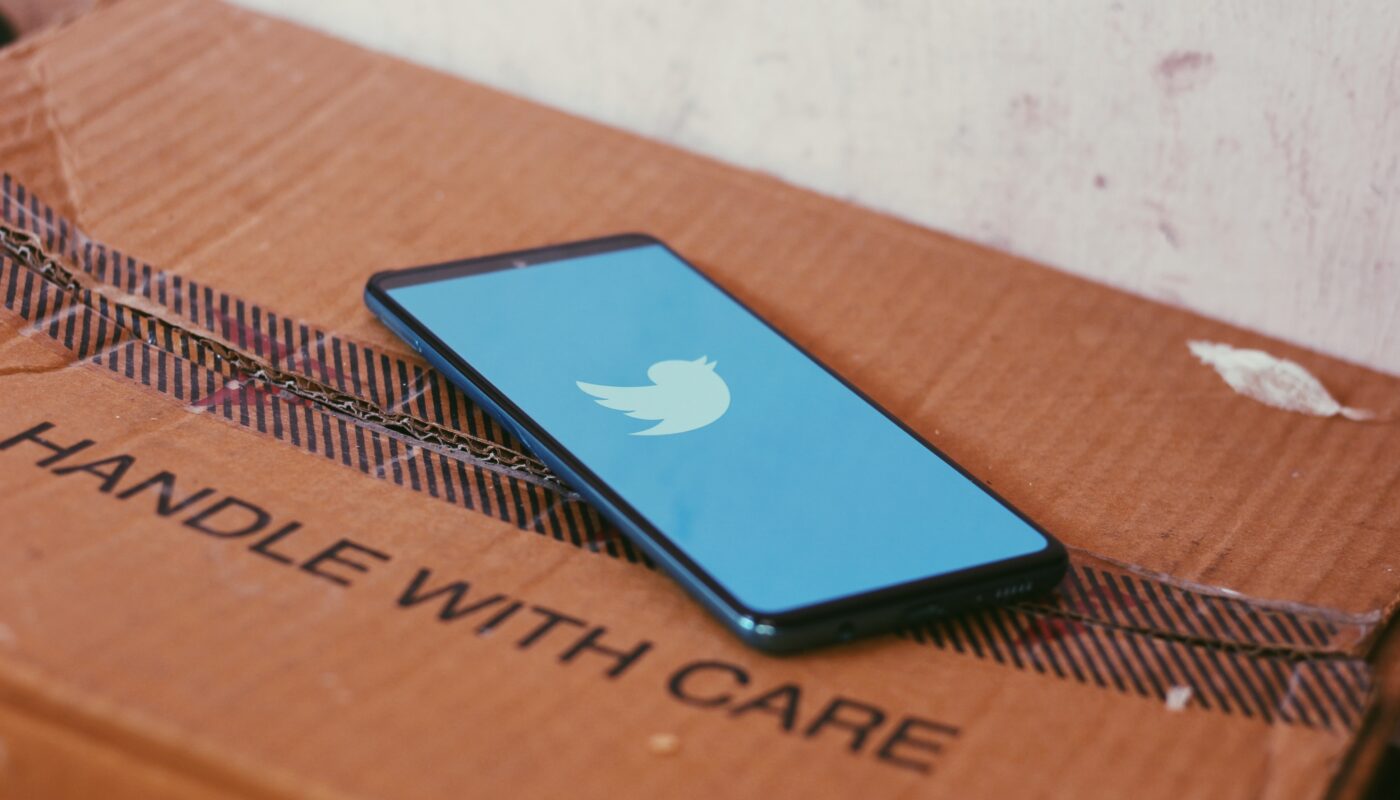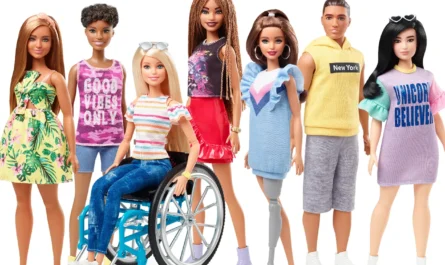Social media gives brands a platform to engage with consumers and society in a way that is more intimate than ever before. Their ability to communicate and share information through Instagram, Twitter, and other platforms makes these brands seem more accessible. Engaging with consumers and followers on the same platforms allows brands the room to be authentic and personable. However, this same privilege comes with the responsibility of how they use this amplified voice.
The way in which a brand responds to a social issue says a lot about themselves (and so does how quick they are to issue a statement about it). With topics like the Black Lives Matter movement, COVID-19, the US presidential election and more, it seems obvious that brands should be part of the conversation, but some may not know where they stand.
Following the murder of George Floyd in Minneapolis and the nationwide protests and riots that pursued, some brands were quick to release statements on the issue. Nike put out a video from Wieden + Kennedy Portland that spoke on the issue of racism with a change of their slogan to “For Once, Don’t Do It”. Disney, Netflix, Amazon, YouTube, and the NFL were all quick to speak on the issue as well.
However, some brands leverage tragedies like George Floyd’s murder and the riots that pursued for personal gain and attempt to capitalize on things that can be a distasteful PR nightmare.
This issue can be seen in a Bristol Dry Gin advertisement that was Tweeted on June 1st, 2020. It was the month following the murder of George Floyd and a peak of the Black Lives Matter Movement. Including a full shot glass topped with a flame and two bottles of gin (one of which is stuffed with a white rag, insinuating its readiness to be lit aflame), the tweet read “When the shooting starts the looting starts. Voted No 1 gin by rioters for its complex botanical mix and high flammability.”

This advertisement attempts to take on a relevant topic and market to those invested in the movement. However, it only focuses on and further perpetuates the violence infiltrating the movement and fails to actually support or educate.
While some brands have proven to use social media for public outreach and support and others use it for personal gain, some choose to completely disengage in trying times.
It is possible that a lot of the hesitation regarding making statements or content around these issues would be the risk of not saying the right thing; brands may be worried about being too political and losing customers as well. They may also feel that some issues don’t apply to them. For instance, clothing companies might feel disengaged with political topics, and artists may feel they don’t belong in conversations about climate change. SAAS (software as a service) companies might not feel like their stance on racial injustice matters to their audience.
The list goes on. While the connection between some of these issues and various companies isn’t always a direct cause and effect, where businesses stand on these issues matters. Consumers are listening. They care. Silence is not a safety net.
Brands should take note of what companies have done to share timely responses on issues and be prepared to make their own statements on their public platforms. Social media allows for quick communication, but its nature also allows for viral mistakes. Brands need to listen, know where they stand, and use social media as a platform for connection, transparency, and accountability above all.



Hi Makenna,
I love the lens you chose to look at social media and its political implications through; this is something I’ve been thinking a lot about in the last year. Especially with the BLM movement really skyrocketing, it’s been interesting to see how certain organizations choose to respond. However, something I’ve also noticed is the lack of continual effort on behalf of the brands who choose to speak out on social issues. It seems like they might post a few things here and there and call it good, instead of trying to effect real change in the world. It’s difficult as a single consumer to differentiate the truly good brands and the brands that just want to be passed off as “good”.
I really enjoyed this post and I think this is very relevant. I liked that you tied in an example and gave readers a visual. I loved your last statement because it is powerful and sums up this issue perfectly! It will be interesting to see if this continues.